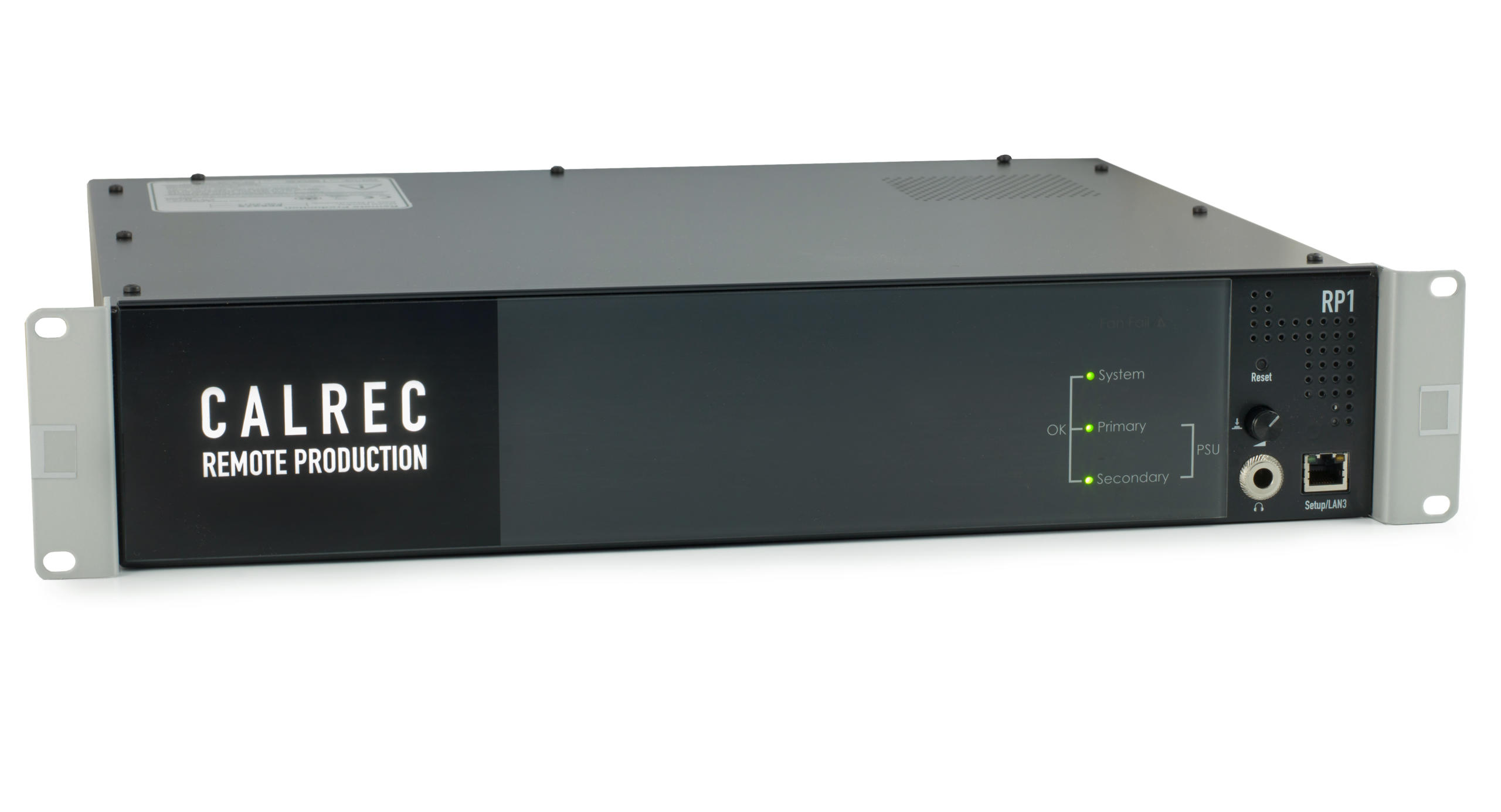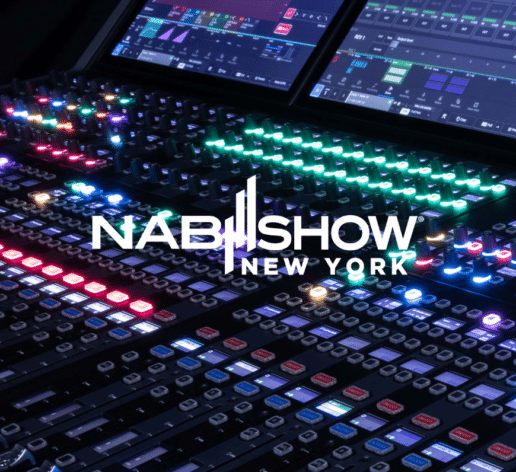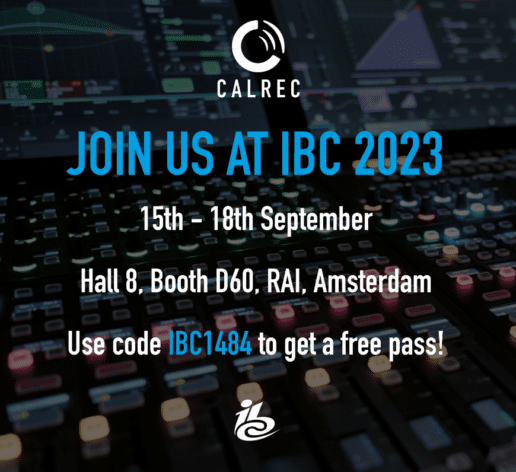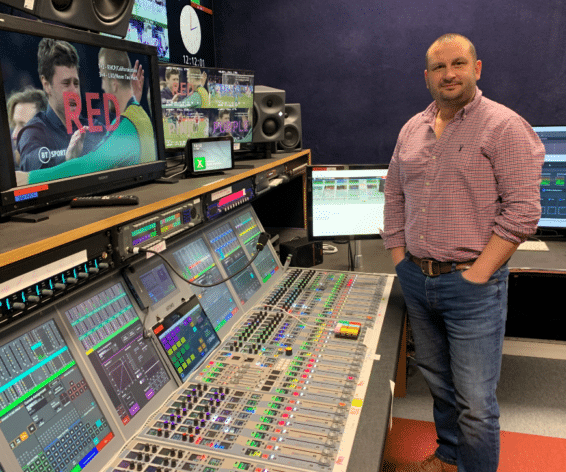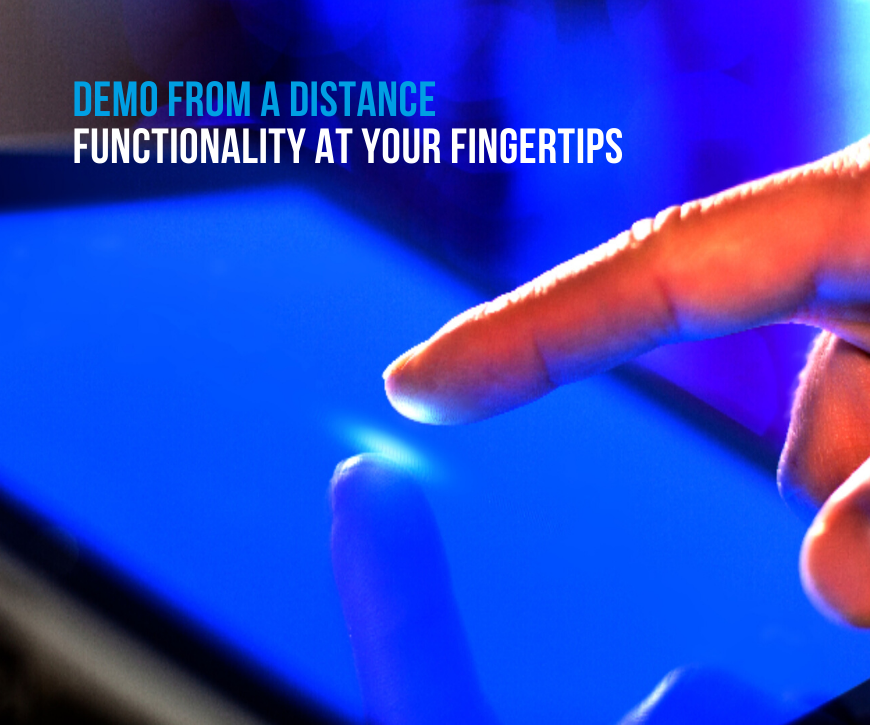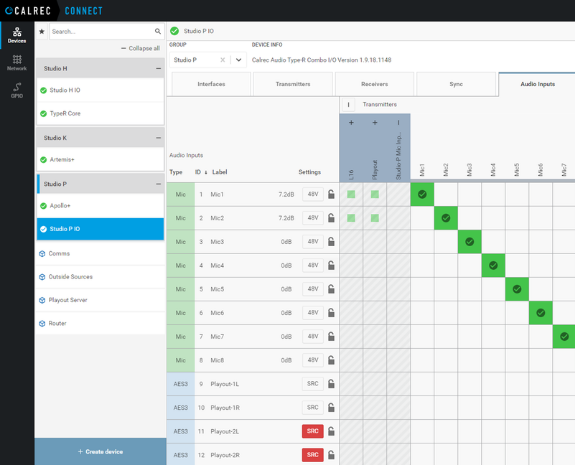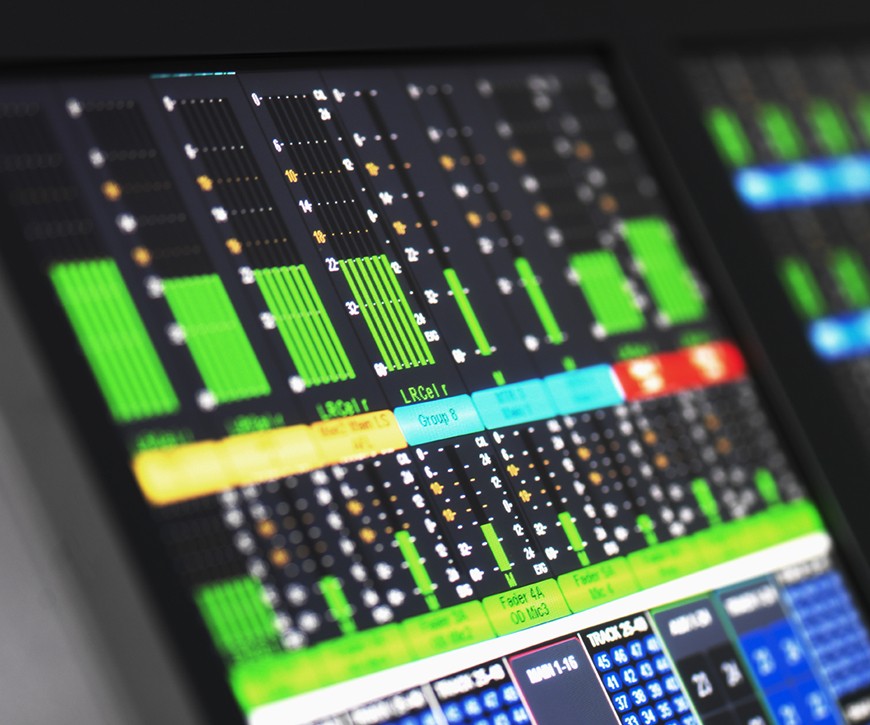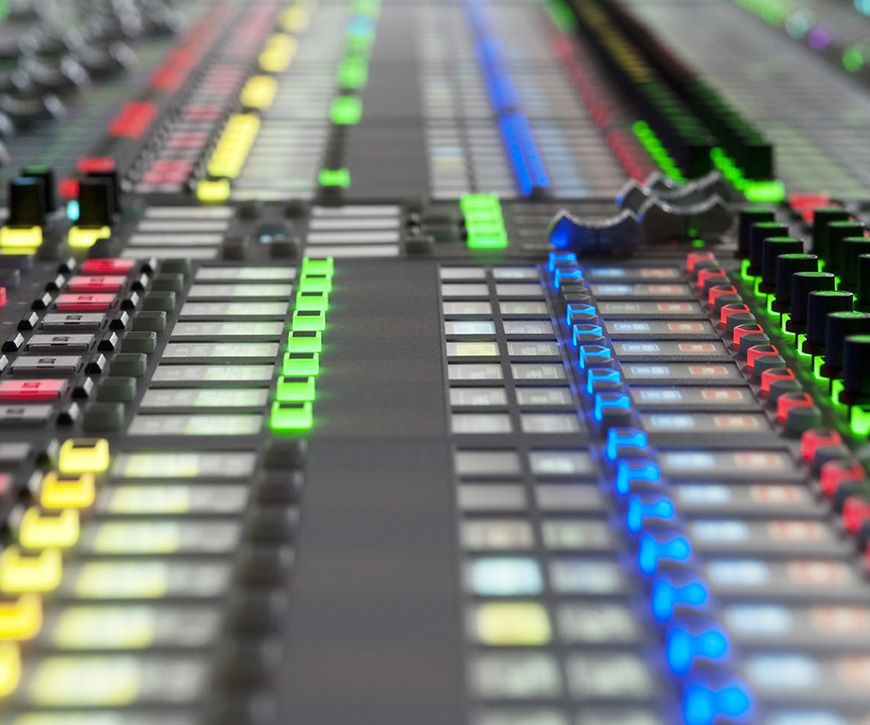
Mix live to air with no boundaries or borders, reduce production costs and increase content output. Remote production gives broadcasters the ability to capture a wider range of live events, such as regional sports, news or music festivals, and mix them in a remote facility thousands of miles away.
-
Calrec’s compact 2U RP1 remote production unit takes your favourite Calrec console anywhere in the world without ever leaving the studio.
Remote production offers huge cost savings and efficiencies; a remotely controlled processing engine like RP1 means dedicated control rooms can be used to mix across multiple remote venues. Remote production models are producing more live coverage with minimal resources, reducing the movement of people and equipment, maximizing the efficiency and utilization of people and equipment, and reducing on-site set-up times.
Calrec has more experience in REMI/at-home production models than any other audio manufacturer. For more information download our free white paper written in conjunction with Grass Valley and Net Insight, or contact us for more information.
-
RP1
- Power, Router, Control Processor, and DSP are all self-contained within the unit which has 2 x IEC connectors to provide PSU redundancy.
- The core operates at 48kHz and supports:
- Up to 96 legs as mono, stereo or 5.1 Input channels
- Up to 24 legs as mono or stereo Auxes
- Up to 96 legs as direct or Mix-Minus output
I/O
- RP1 can be bundled with various I/O options in the form of I/O packs. An example Bundle might contain:
- 1 x Hydra2 I/O Box AD5871-3 containing 24 x Mic/Line Input (XLR) / 8 x Line Output (XLR)
- 2 x SDI Embedder BNC Modules VI5872-2 each containing 2 x SDI Embedder units
- 1 x SDI De-Embedder BNC Module VO5841 containing 2 x SDI De-Embedder units
- Another example bundle might contain:
- 1 x Fieldbox AD6217-2 containing 8 x Mic/Line Input (XLR) / 8 x Line Output (D25 ‘TASCAM’)
- 1 x SDI Embedder BNC Modules VI5872-2 containing 2 x SDI Embedder units
- Optional I/O The unit has 3 x single size expansion slots in which any of the Modular I/O range cards can be fitted.
- In addition, there is a built-in Hydra 2 module to allow further I/O to be connected.
-
Calrec’s Assist can plug into the network at the venue or at the studio. Assist is a browser-based interface that allows users to set up shows, memories, fader layouts, patching, bus setup, labelling, input and output levels, input channel parameters (including mic gains), routing and more, without needing a console. It can be accessed from multiple locations via a web-browser and different access levels can be granted to different users; an operator can be given basic control functions whereas an engineer can delve deeper to fine-tune the setup or recall different setups as needed. Assist can be used for setup and local control of RP1, and enables stations to reap the benefits of Calrec consoles without a physical control surface.
- RP1 has up to 72 virtual faders arranged as 1-36A and 1-36B. Calrec Assist is used to assign inputs and outputs on to these virtual faders so that they may be remotely controlled. Once connected to a Host Console over IP, the inputs and outputs may also be controlled from Remote Faders on the Host Console.
- On the back of each unit is a Meter Display DVI-D connector which can be connected to a user-supplied monitor to display the metering data for the various system paths.
- RP1 is controlled from the Calrec Assist application which runs on a user-supplied PC or laptop.
-
Learn about remote video, audio and transport in our FREE Remote Production Whitepaper.
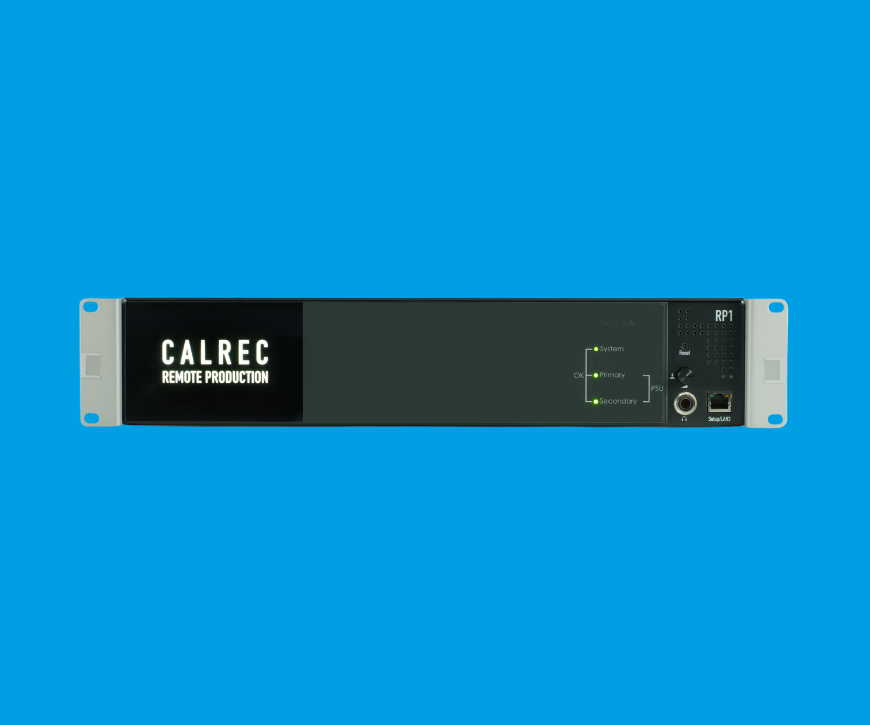
How can we help?
We were very pleased with what we achieved with Calrec’s remote production technology. It did exactly what it’s designed to do and was great. We are very firm believers in remote production as it saves production costs in the long run and that’s money that can be spent improving other aspects. This system proved that it works and saved the costs we anticipated.

Dave Talavera
Broadcast Engineer at Riot Games



